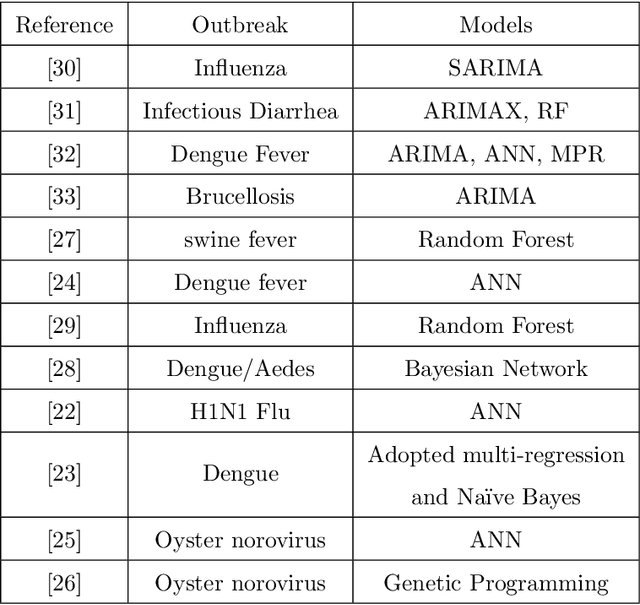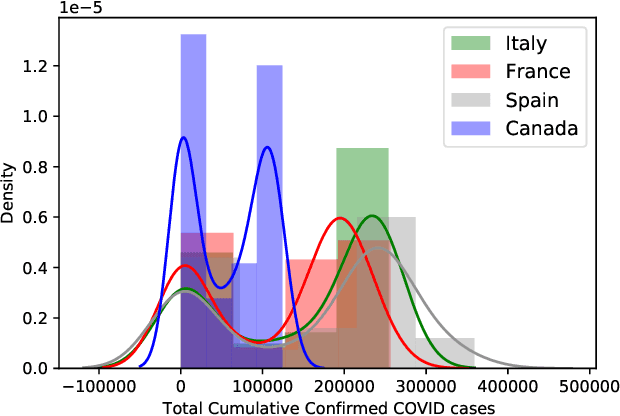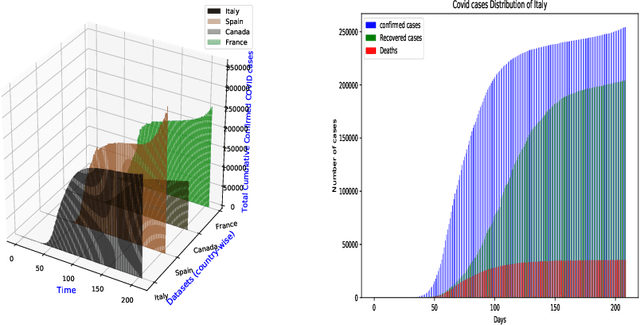Zenin Easa Panthakkalakath
Application of deep and reinforcement learning to boundary control problems
Oct 21, 2023Abstract:The boundary control problem is a non-convex optimization and control problem in many scientific domains, including fluid mechanics, structural engineering, and heat transfer optimization. The aim is to find the optimal values for the domain boundaries such that the enclosed domain adhering to the governing equations attains the desired state values. Traditionally, non-linear optimization methods, such as the Interior-Point method (IPM), are used to solve such problems. This project explores the possibilities of using deep learning and reinforcement learning to solve boundary control problems. We adhere to the framework of iterative optimization strategies, employing a spatial neural network to construct well-informed initial guesses, and a spatio-temporal neural network learns the iterative optimization algorithm using policy gradients. Synthetic data, generated from the problems formulated in the literature, is used for training, testing and validation. The numerical experiments indicate that the proposed method can rival the speed and accuracy of existing solvers. In our preliminary results, the network attains costs lower than IPOPT, a state-of-the-art non-linear IPM, in 51\% cases. The overall number of floating point operations in the proposed method is similar to that of IPOPT. Additionally, the informed initial guess method and the learned momentum-like behaviour in the optimizer method are incorporated to avoid convergence to local minima.
A Deep Learning Framework for COVID Outbreak Prediction
Oct 07, 2020



Abstract:The outbreak of COVID-19 i.e. a variation of coronavirus, also known as novel corona virus causing respiratory disease is a big concern worldwide since the end of December 2019. As of September 12, 2020, it has turned into an epidemic outbreak with more than 29 million confirmed cases and around 1 million reported deaths worldwide. It has created an urgent need to monitor and forecast COVID-19 spread behavior to better control this spread. Among all the popular models for COVID-19 forecasting, statistical models are receiving much attention in media. However, statistical models are showing less accuracy for long term forecasting, as there is high level of uncertainty and required data is also not sufficiently available. In this paper, we propose a comparative analysis of deep learning models to forecast the COVID-19 outbreak as an alternative to statistical models. We propose a new Attention-based encoder-decoder model, named Attention-Long Short Term Memory (AttentionLSTM). LSTM based neural network layer architecture incorporates the idea of fine-grained attention mechanism i.e., attention on hidden state dimensions instead of hidden state vector itself, which is capable of highlighting the importance and contribution of each hidden state dimension. It helps in detection on crucial temporal information, resulting in a highly interpretable network. Additionally, we implement a learnable vector embedding for time. As, time in a vector representation can be easily added with many architectures. This vector representation is called Time2Vec. We have used COVID-19 data repository by the Center for Systems Science and Engineering (CSSE) at Johns Hopkins University to assess the proposed model's performance. The proposed model give superior forecasting accuracy compared to other existing methods.
 Add to Chrome
Add to Chrome Add to Firefox
Add to Firefox Add to Edge
Add to Edge